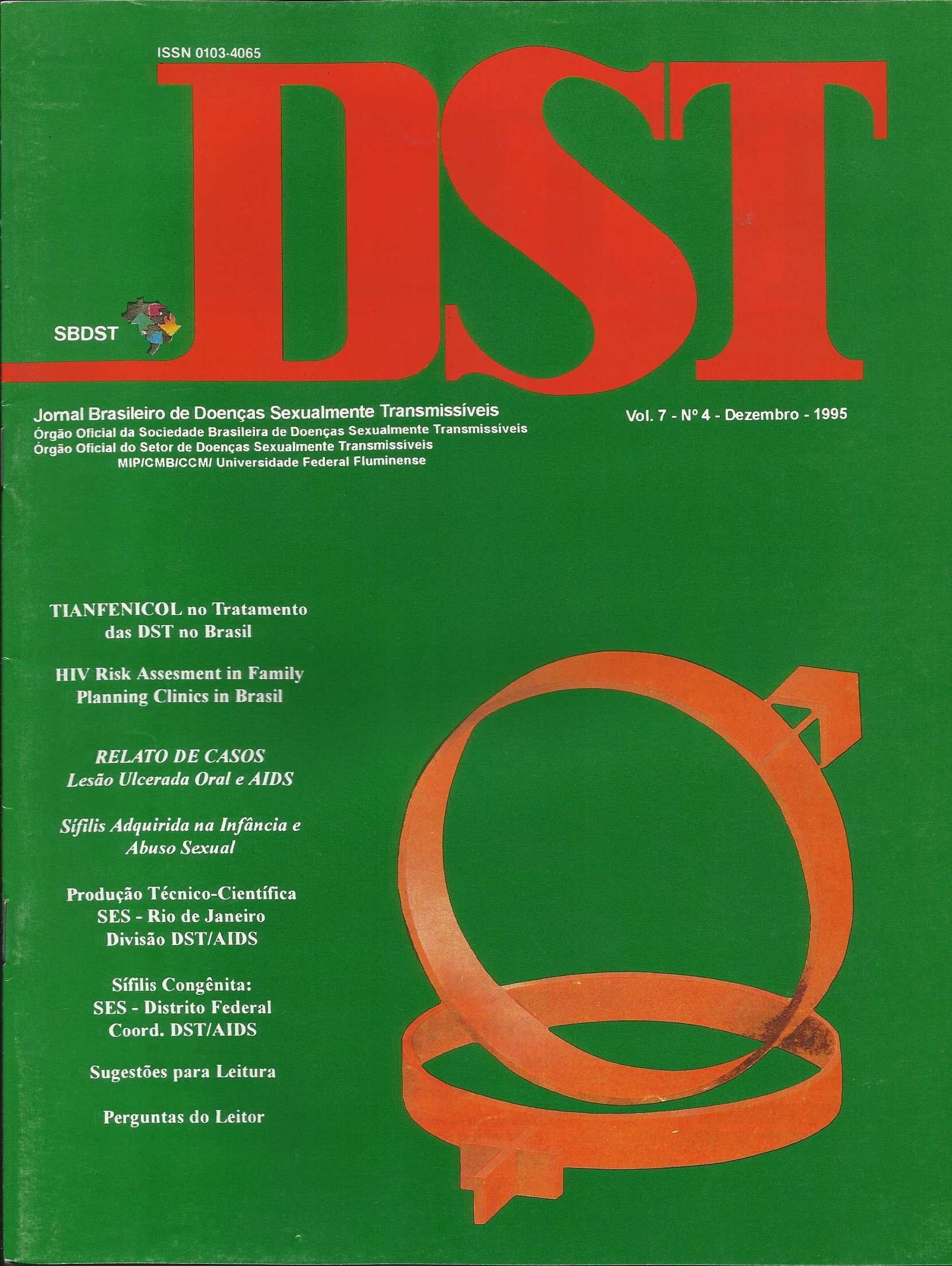HIV Risk Assessment in Family Planning Clinics in Brazil
Abstract
As family planning programs consider including STD and HIV prevention advice and services, an important issue is how to identify women in needed of these services. ln 1992 BEMFAM clinics in Recife and Rio de Janeiro tested two techniques to assess their clients risk of HlV infection. The first was a checklist of seven risk factors. The second consisted ofthe open-ended question II Aft.er ali we have talked about today, do you think you are at risk of HIV infection?. According to the checklist. 36% and 38% of the women were considered at risk in Recife and Rio, respectively. Reported risk factors include genital lesions, anal intercourse. and male partners with multiple sexual partners: these did not vary by city*. The open-ended question elicited 42% at risk in Recife and 68% in Rio. By controlling for age, education, marital status, residence and frequency of condom use. residence in Rio and higher education significantly increased the odds of a woman perceivingherself at risk. These results indicate that after receiving information and counseling about HIV many clients and FP program staff perce1ve themsel ves and thei r clients at risk of HlV, suggesting that staff should inform women about their ri sks and encourage the use of barrier methods.












